Greg Solo
Lead software engineer crafting stories with code for 15+ years
Web and Game developer. Immigrant. Entrepreneur.
Competent in designing and scaling systems from ground up
Highly skilled and experienced software architect and leader with a strong track record of delivering exceptional software solutions. Proficient in multiple programming languages and frameworks with proven ability to deliver high-quality software design and architecture. Strong cross-functional collaboration and stakeholder management abilities.
Excels in leadership roles, effectively guiding and mentoring development teams to achieve project success. My collaborative approach fosters productive and enjoyable teamwork.
My full-stack development experience covers frontend and backend technologies, complemented by expertise in Unity3D for game development and interactive experiences.
These are some of my tools of the trade: languages, frameworks, engines, libraries, and paradigms
TypeScript, React, Redux, Vue, Jest
HTML/CSS, Canvas, LESS/SASS, Animations
Node.js, Nest.js, REST API, MySQL, TypeORM
Unity3d, C#, Gameplay/AI
ECS, CloudFront, Route53, API Gateway, Terraform
SOLID, Design Patterns, Clean Architecture
Git, TDD, CI/CD, Agile, Iterative approach
Tech Leadership, Mentorship, Consultancy, Forever Learner
Throughout the years, I have had a chance to help build many projects in different industries: entertainment, health tech, ad tech, retail, e-commerce, etc
Architecting and leading several business-crucial initiatives, including overhauling an internal pharmacy management tool, resulting in scoring 95% customer satisfaction rating; state-of-the-art drug utilization system; streamlined, safe, and efficient system of patient's request reviews.
Leading by example, continuously mentoring and supporting senior software engineers across the organization. Implemented best practices for frontend development, including modular domain-driven code design, and efficient testing strategies
Improved the stability and maintainability of the internal application responsible for the management and shipping of hundreds of thousands of highly regulated healthcare products by establishing architectural best practices, rigorously increasing test coverage, and upgrading underlying technical solutions.
Architected and led the team of software engineers in the development of enterprise-level full-stack tools allowing `Intent` to target, bucket, and manage two billion annual users into 16 million configurable permutations.
Led cross-functional iterations with Product, UX, and internal stakeholders, leading the development of full-stack enterprise tools controlling billions of annual unique page views.
Evangelized best practices, convincing a 13-year-old engineering department to adopt TypeScript and Clean Architecture.
Earned a pivotal position in post-COVID-19 restructuring to develop multiple enterprise-level and customer-facing products.
Collaborated cross-functionally with delivery leads, engineers, and creative technologists to help clients evolve and make the next ambitious step in their digital journey using modern full-stack frameworks and tools.
Successfully established, led, and taught enterprise training program aimed to hire, educate, and prepare for client-facing consultancy job junior frontend developers.
Maintained and extended enterprise front-end library, created new components for various enterprise projects, trained and mentored several engineering teams in adopting best practices.
Organized company-wide training courses teaching advanced frontend-development concepts and practices.
Migrated Angular and React codebases to Vanilla JS/Web Components.
Led a team of developers to design, build, and maintain the real-time dress fitting tool and variety of supporting custom eCommerce services.
Designed application architecture and led a team of developers in building a social network.
Led a team of engineers in a gamedev studio that built and published the simulator game “My Food”
Developed innovative and rich interactive websites and apps
Allow me to share with you some of my pet and hobby projects. Don't hesitate to drop me a note if you have any feedback!
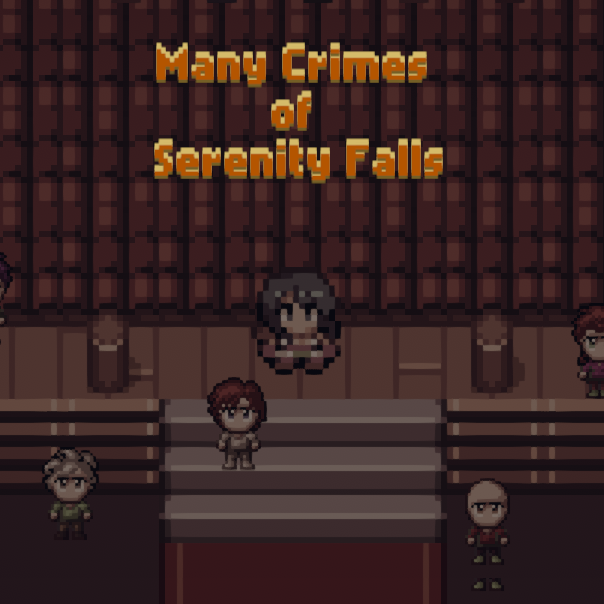


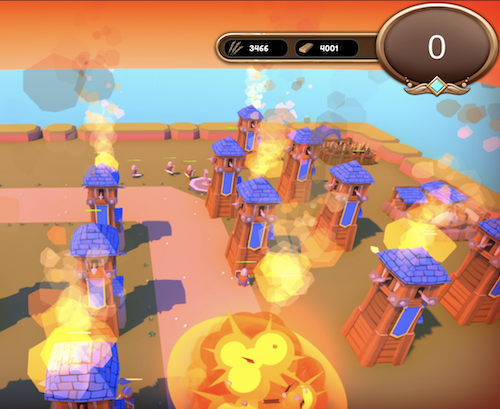
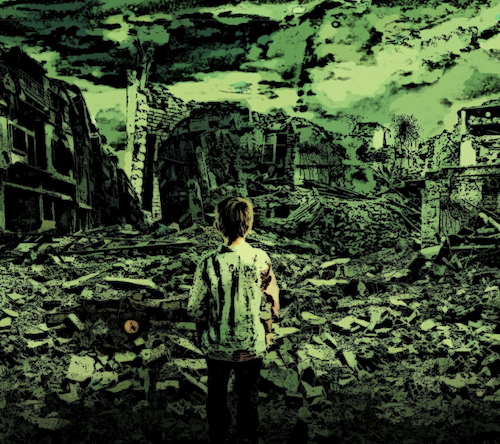
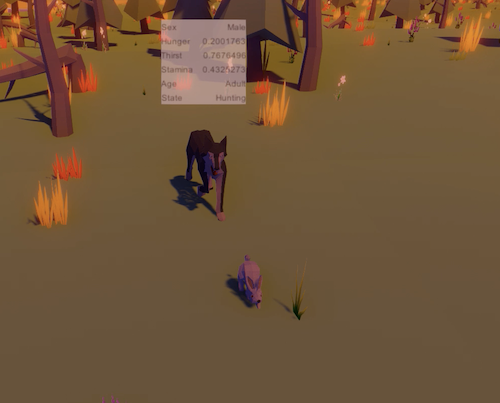
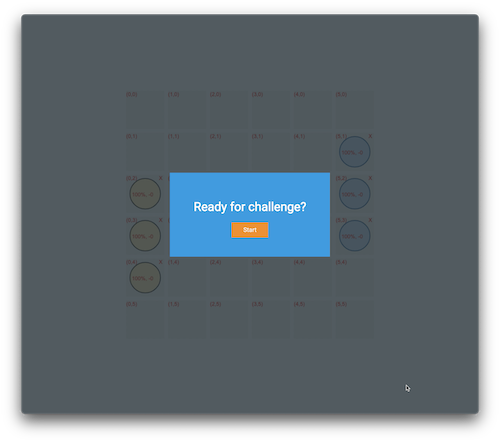
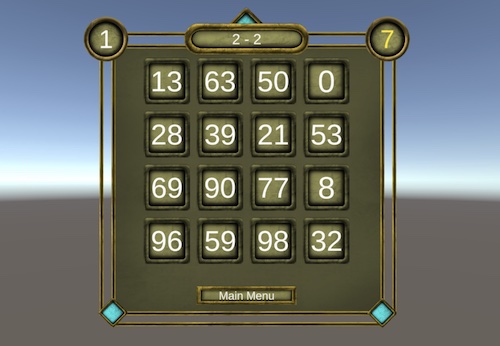
A few words from some wonderful people I have the privilege to work with
I love sharing my ideas and findings with the community. When I have free time, I combine them into blog posts. Here are a few most recent ones
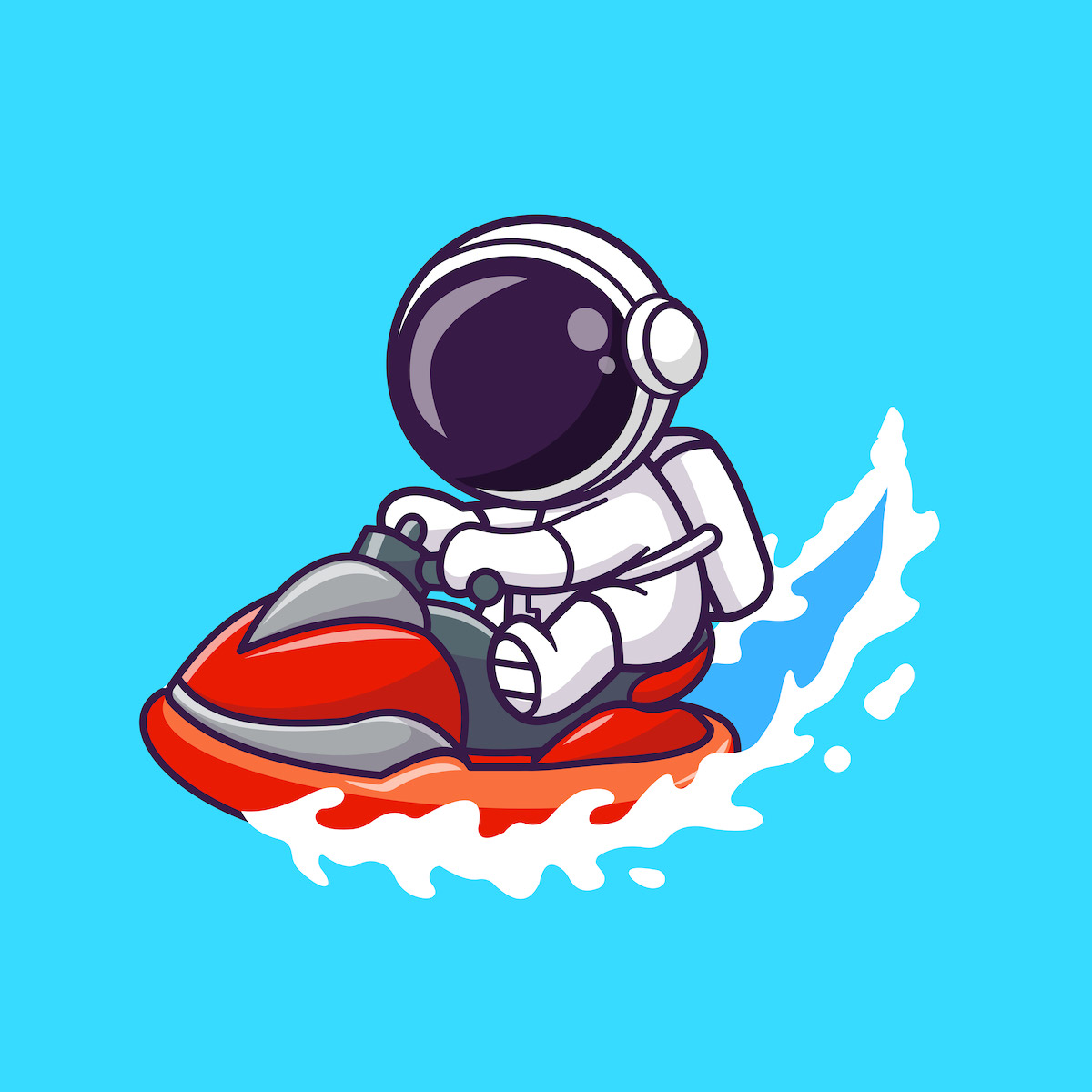
Here we are, the final episode of Chapter VI! It was a long trip through the woods of algorithms of pathfinding, graphs, and queues. In this installment, we are to wrap things up by implementing the animated movement
Read more
We successfully incorporated our Pathfinder but something is still missing. Our Ships... well, they don't move. In this post we are going to finally see some locomotion!
Read more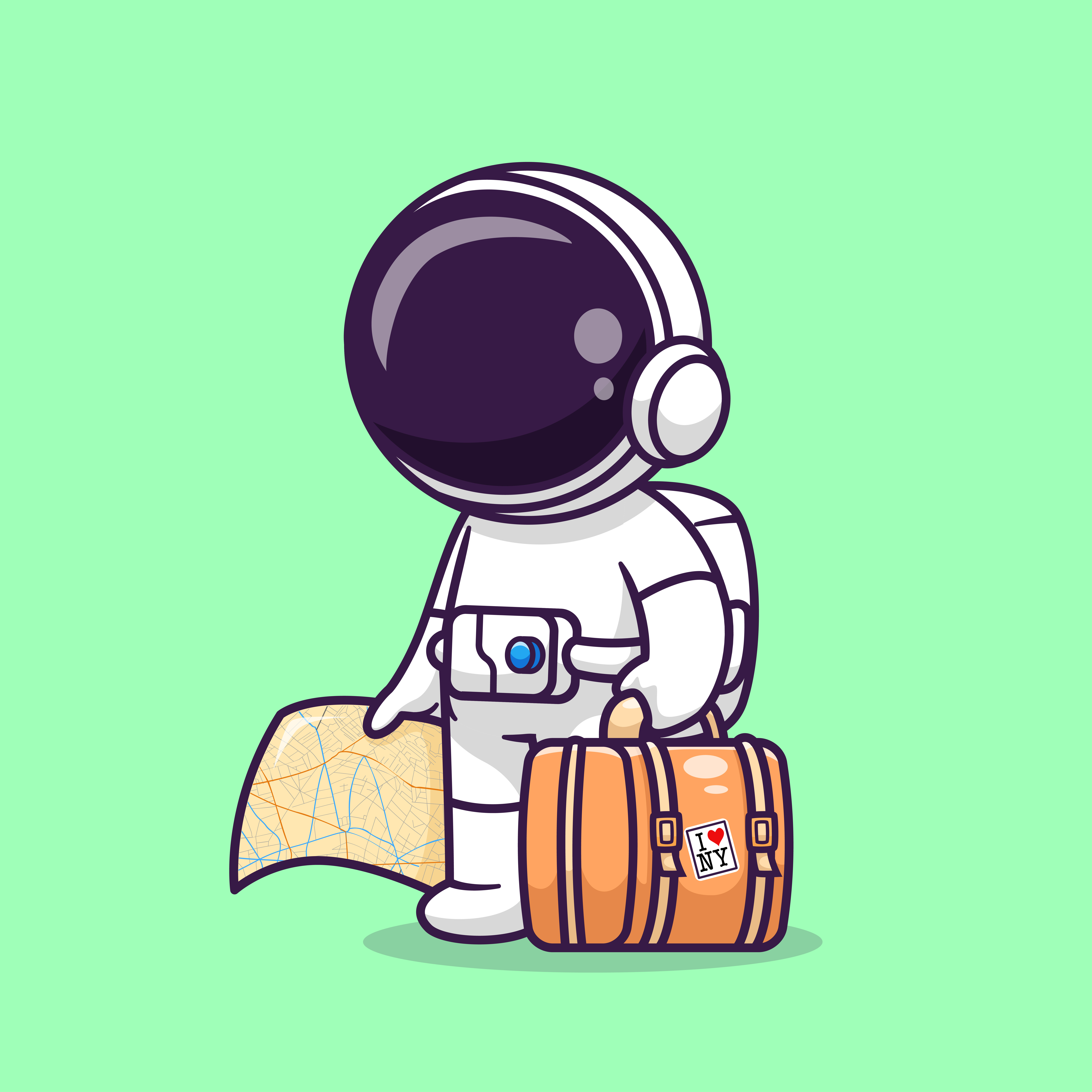
In this installment, we are going to use Pathfinder we prepared last time and build a path on our actual Grid
Read more